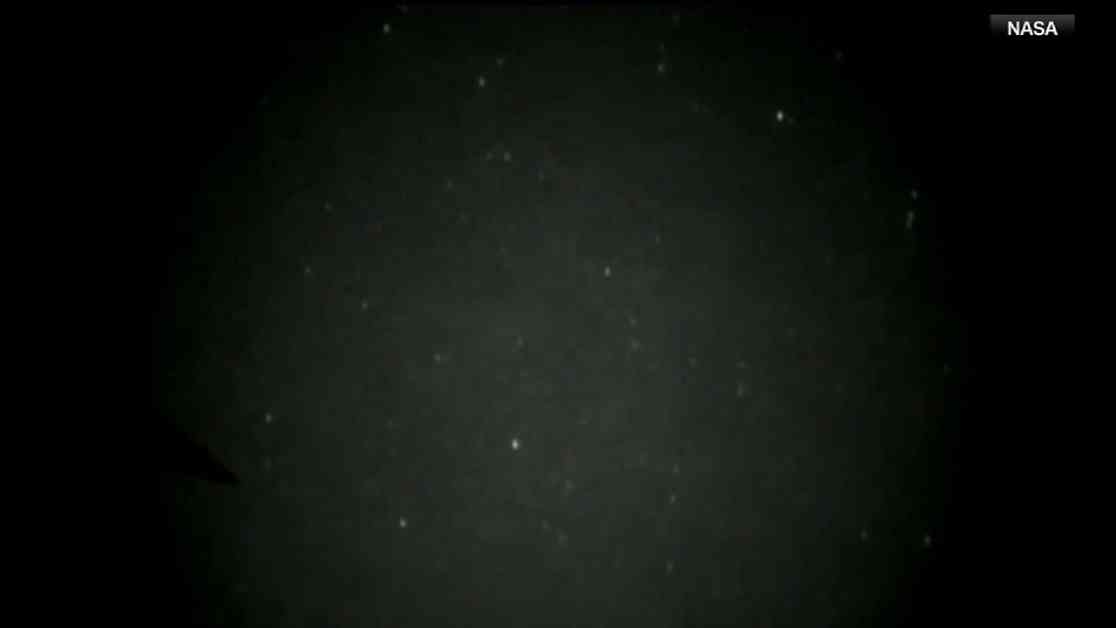The Orionids meteor shower, one of the two annual meteor showers from Halley’s comet, will peak early Monday. However, viewing them may be difficult due to the bright waning moon. According to NASA’s Bill Cooke, the Orionid meteor shower can vary in intensity, with anywhere from 20 to 60 visible meteors per hour under ideal conditions. This year, the peak activity will occur when the waning moon is 83% full, and the shower will last through November 22.
Meteor showers are a natural phenomenon that occurs annually, and you do not need special equipment to witness them. Most meteor showers come from comet debris, with the Orionids originating from Halley’s comet. When space rocks enter Earth’s atmosphere, the air resistance heats them up, causing them to glow and leave a fiery tail behind them – creating a “shooting star” effect. The glowing air pockets around these fast-moving rocks can be visible in the night sky.
To view a meteor shower, it is best to do so between midnight and the predawn hours. The best viewing conditions are away from city lights, under dark skies, on cloudless nights when the moon is at its smallest. Additionally, it is recommended to avoid looking at your phone during the viewing as it can ruin your night vision.
In addition to the Orionids, there are other upcoming meteor showers to look out for. The meteor society keeps an updated list of major meteor showers, including peak viewing days and moonlight conditions. The next significant meteor shower to watch out for is the Southern Taurid meteor shower, which peaks in early November.
October has been a busy month for celestial events, with sightings of the latest supermoon and the comet Tsuchinshan-Atlas. Keep an eye out for these upcoming meteor showers for a chance to witness nature’s dazzling light show in the night sky.


